Menu
Menu
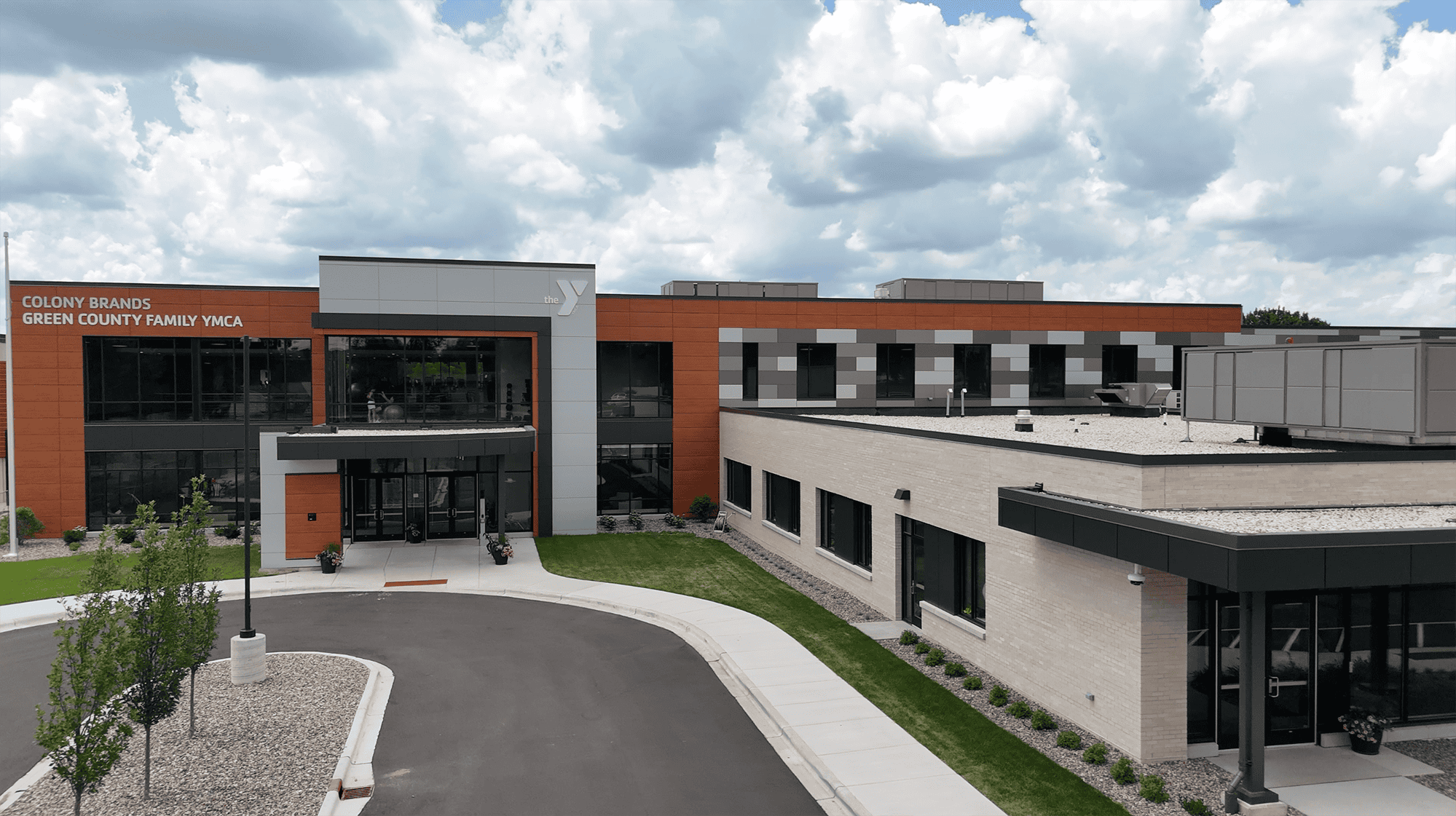

From the earliest planning, the purpose was clear: meet real local needs and create a place people want to be.
Childcare capacity moved the project from idea to action. A State of Wisconsin Workforce Innovation grant—just shy of $3.8 million—helped launch the effort to address what leaders described as a regional “childcare desert.” As Director of Operations Luke Smetters explained, the Y expanded after‑school capacity from 50 to 75 kids and added licensed care for children six weeks to kindergarten—reaching two‑thirds capacity shortly after opening.
The lobby, studios, and commons were intentionally designed as gathering spaces. “It’s more than a building—it’s a community hub where people connect, stay healthy, and feel like they belong,” Luke said.
Put simply: this expansion was about belonging and community pride as much as bricks and mortar.
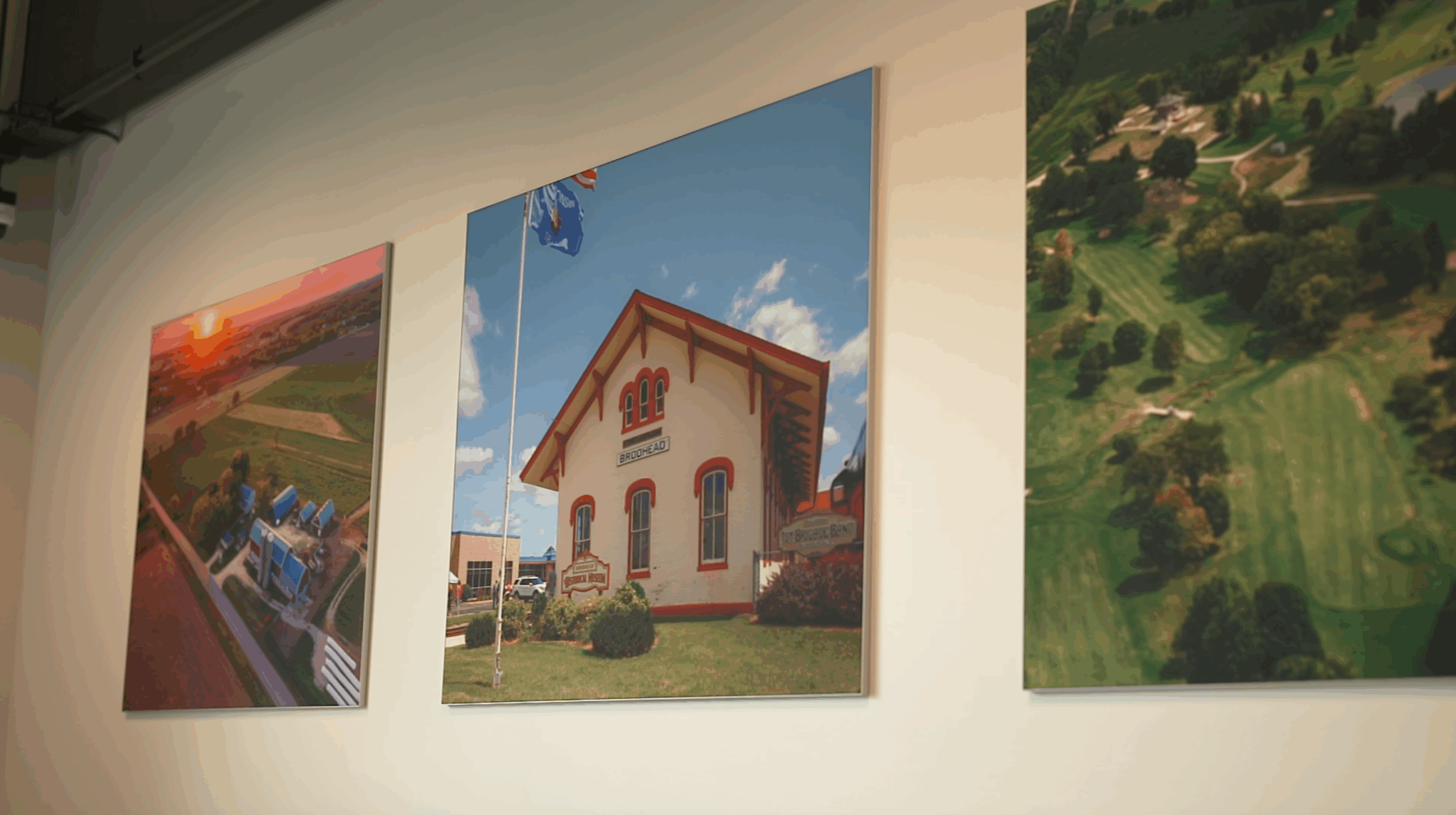
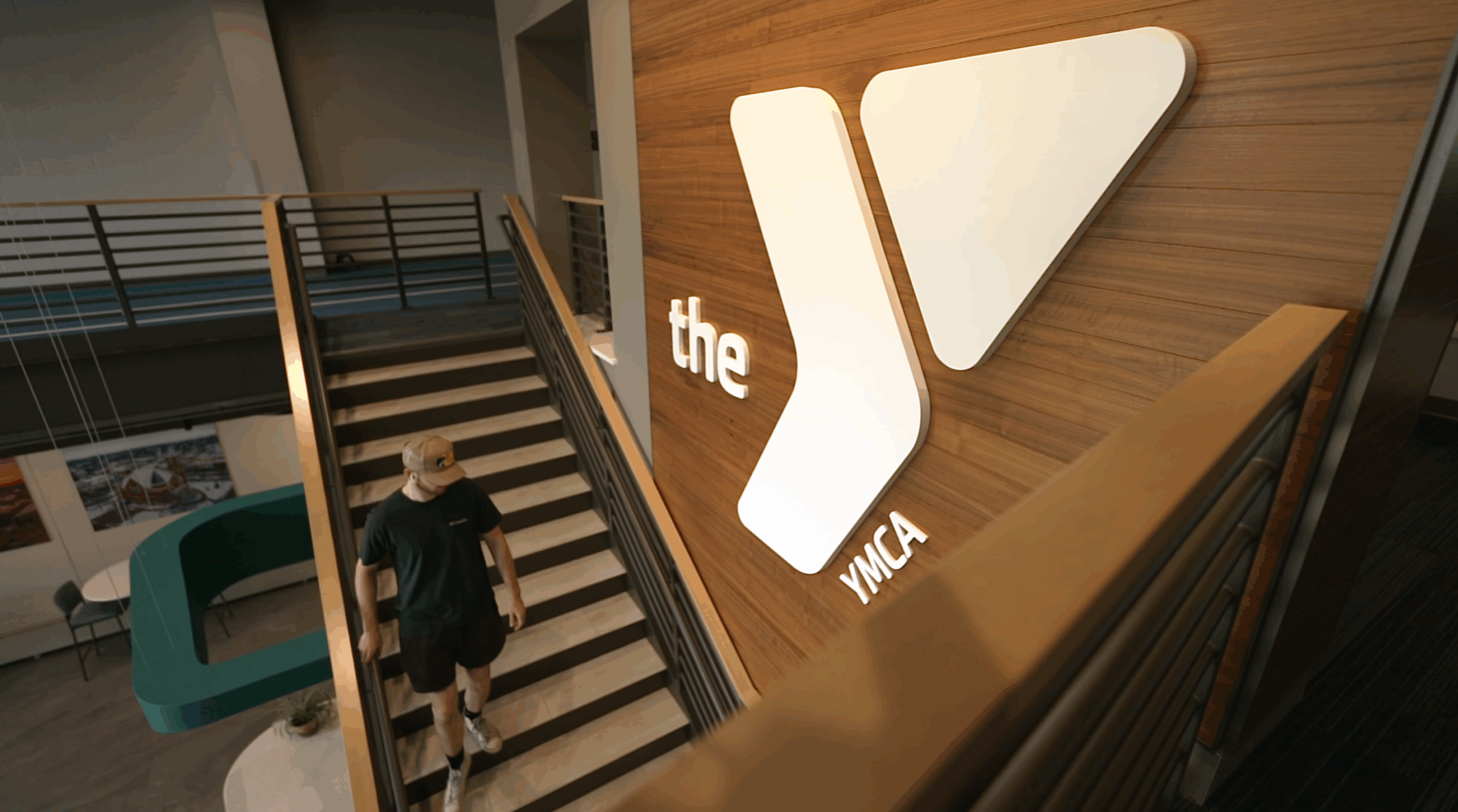
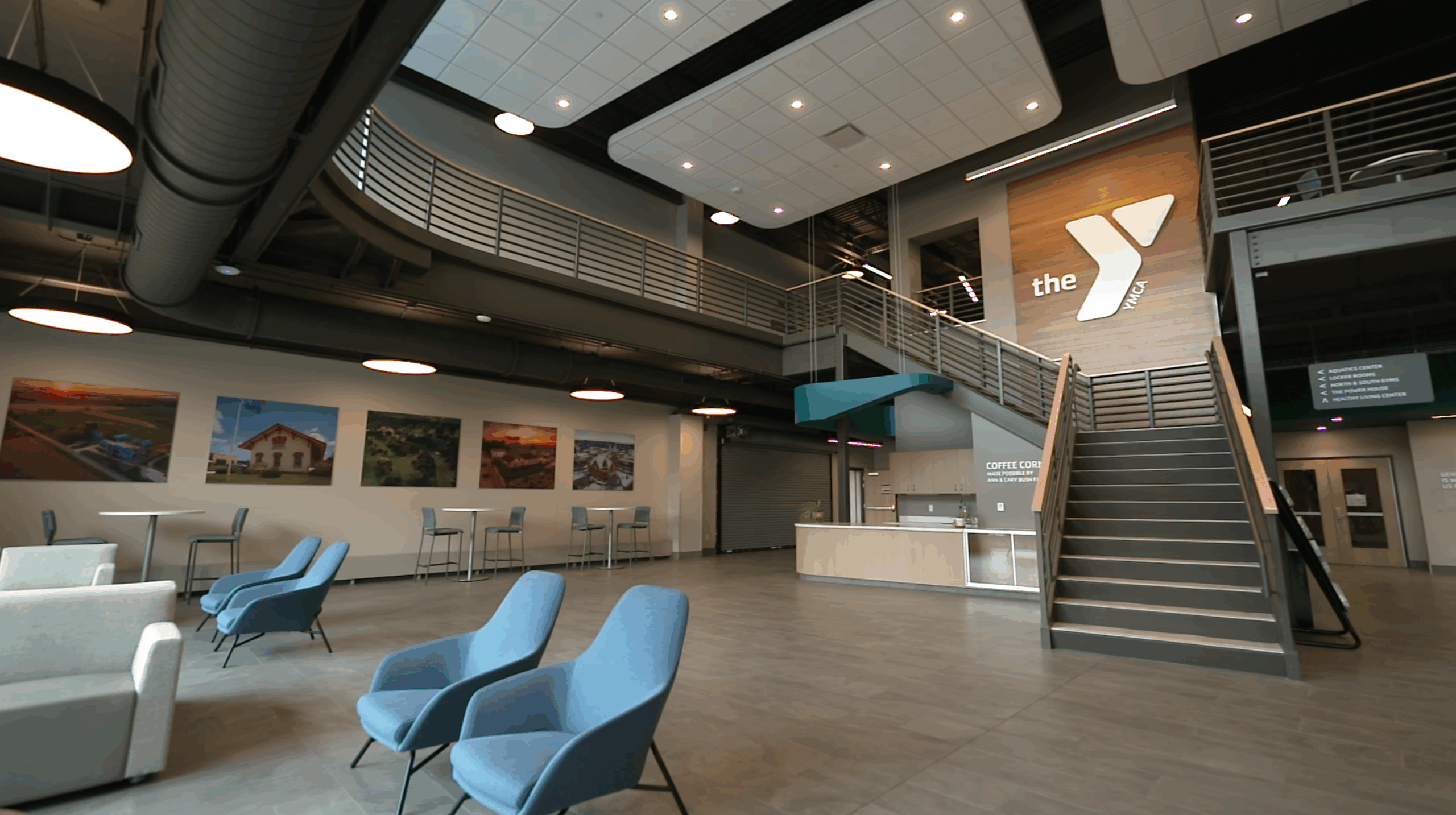
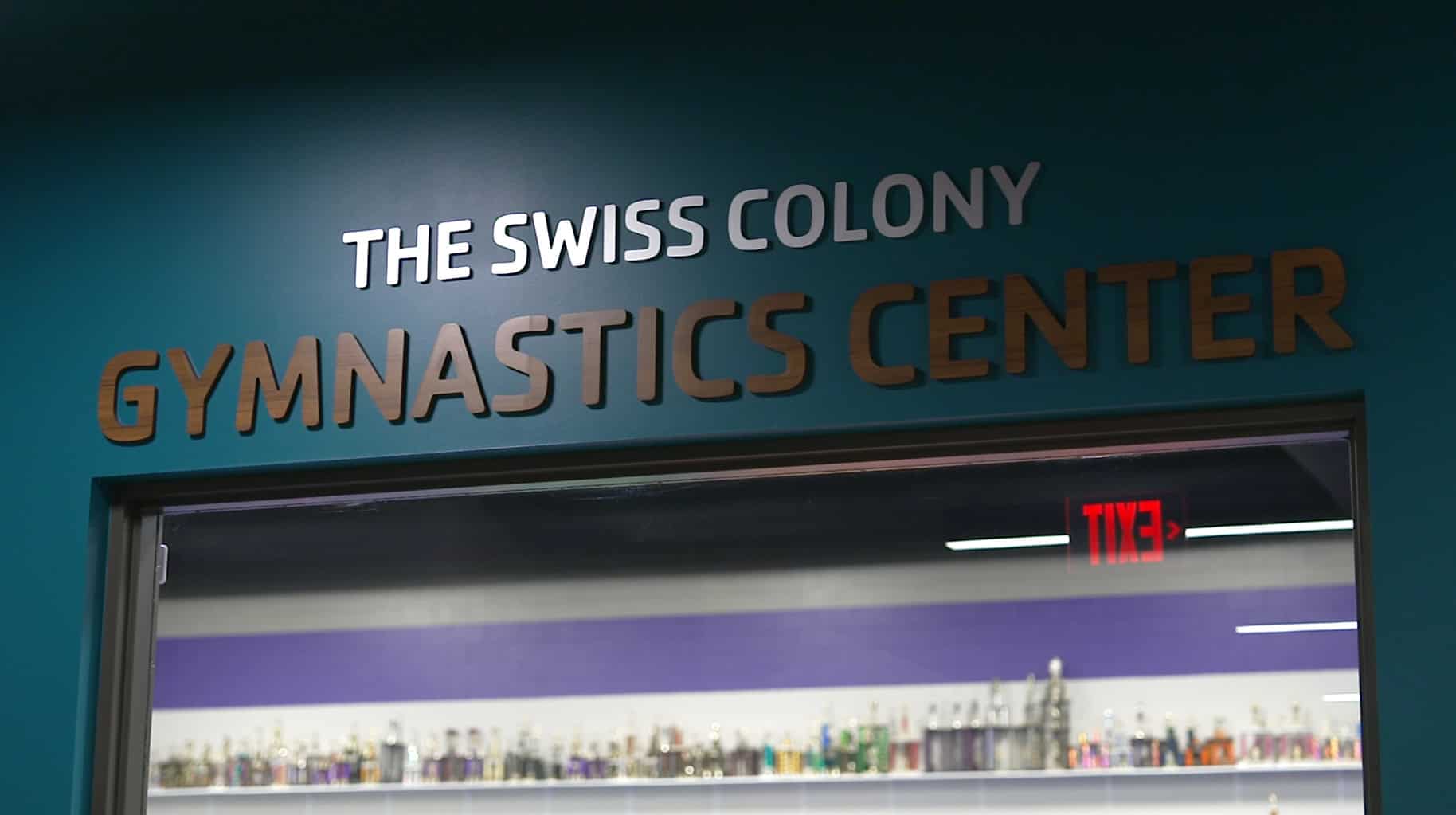
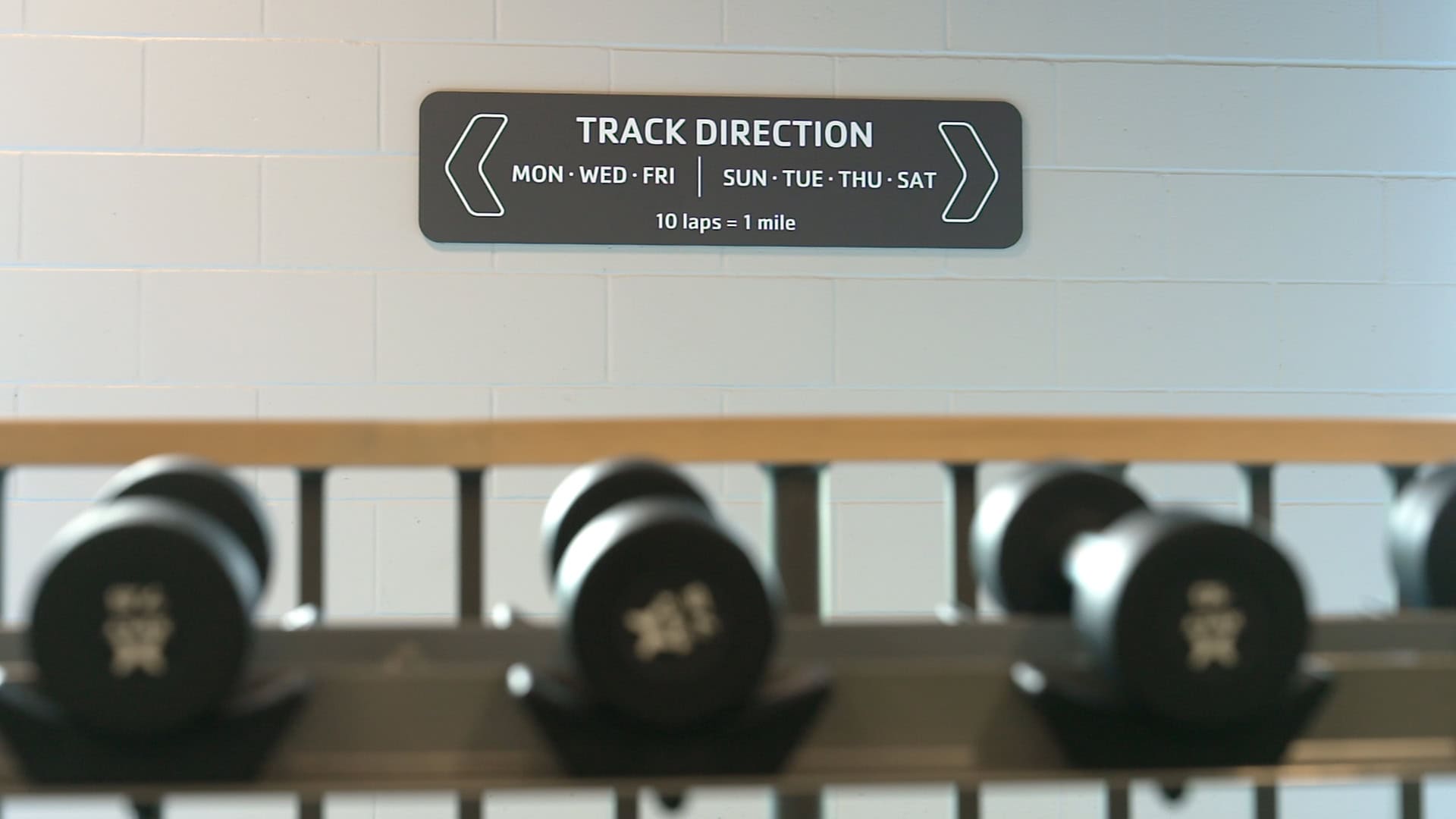

Trent’s guidance for peers: build a core team you can lean on from day one—people who make decisions together, monitor the budget together, and steady each other through the stressful stretches.
That team extended beyond the Y. Regular working sessions brought project partners together so design intent, construction realities, and budget guardrails stayed aligned.
Luke described the cadence as a “playful dance” of options and revisions. “We’d get a new booklet of drawings—it was a celebration. We’d mark what worked, what didn’t, and our partners would return with two or three refined possibilities. We’d marry up the best ideas and move forward.” That collaboration helped eliminate surprises.

“Between our construction, architecture and experiential design partner—Thysse, they walked us through the process from day one to install. We were aware that projects like this can get challenging—but that wasn’t the experience we had. It was a smooth progression, and I think that had a lot to do with the team we selected.”
- Trent Henning, Executive Director Colony Brands Green County YMCA
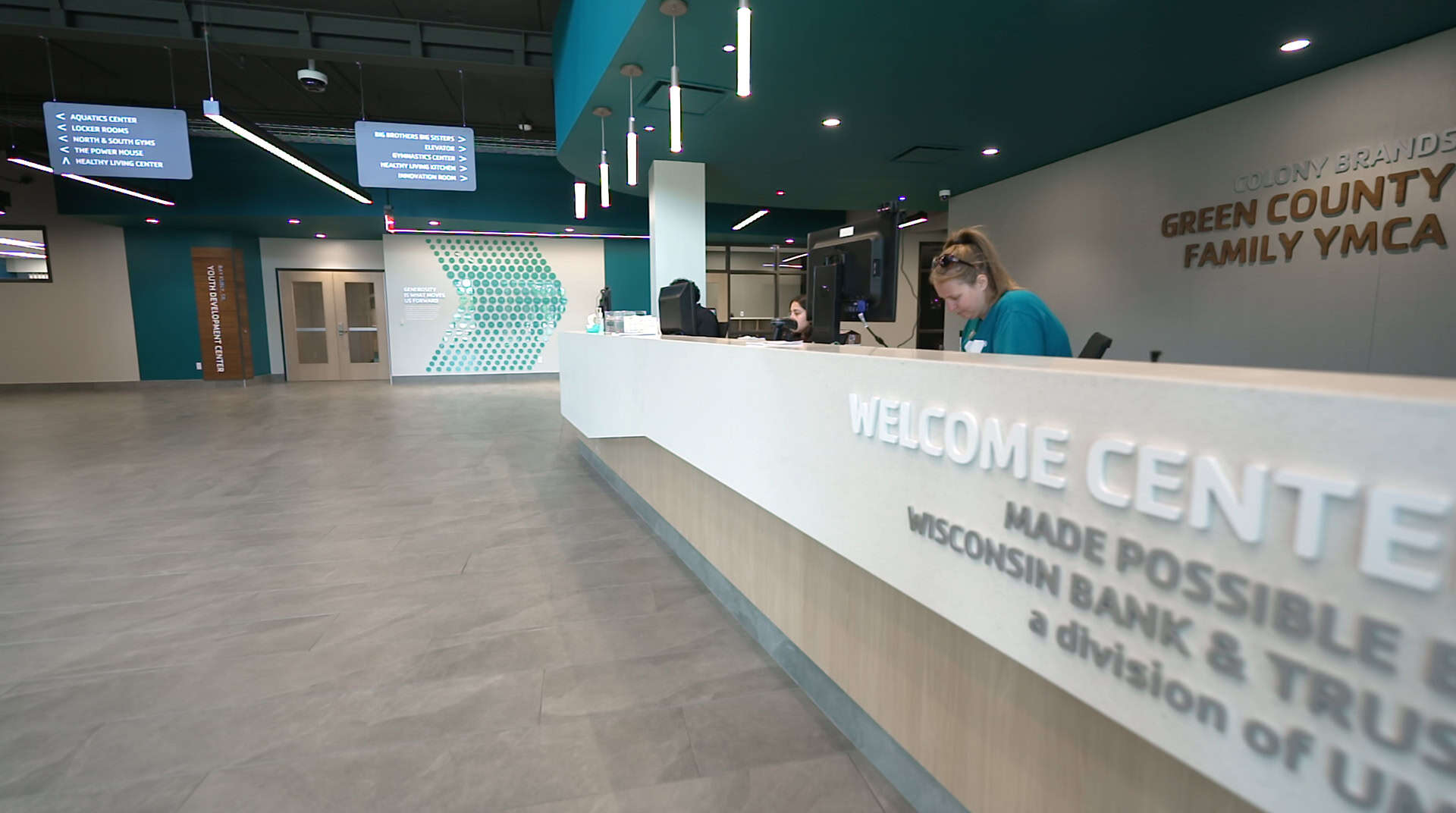
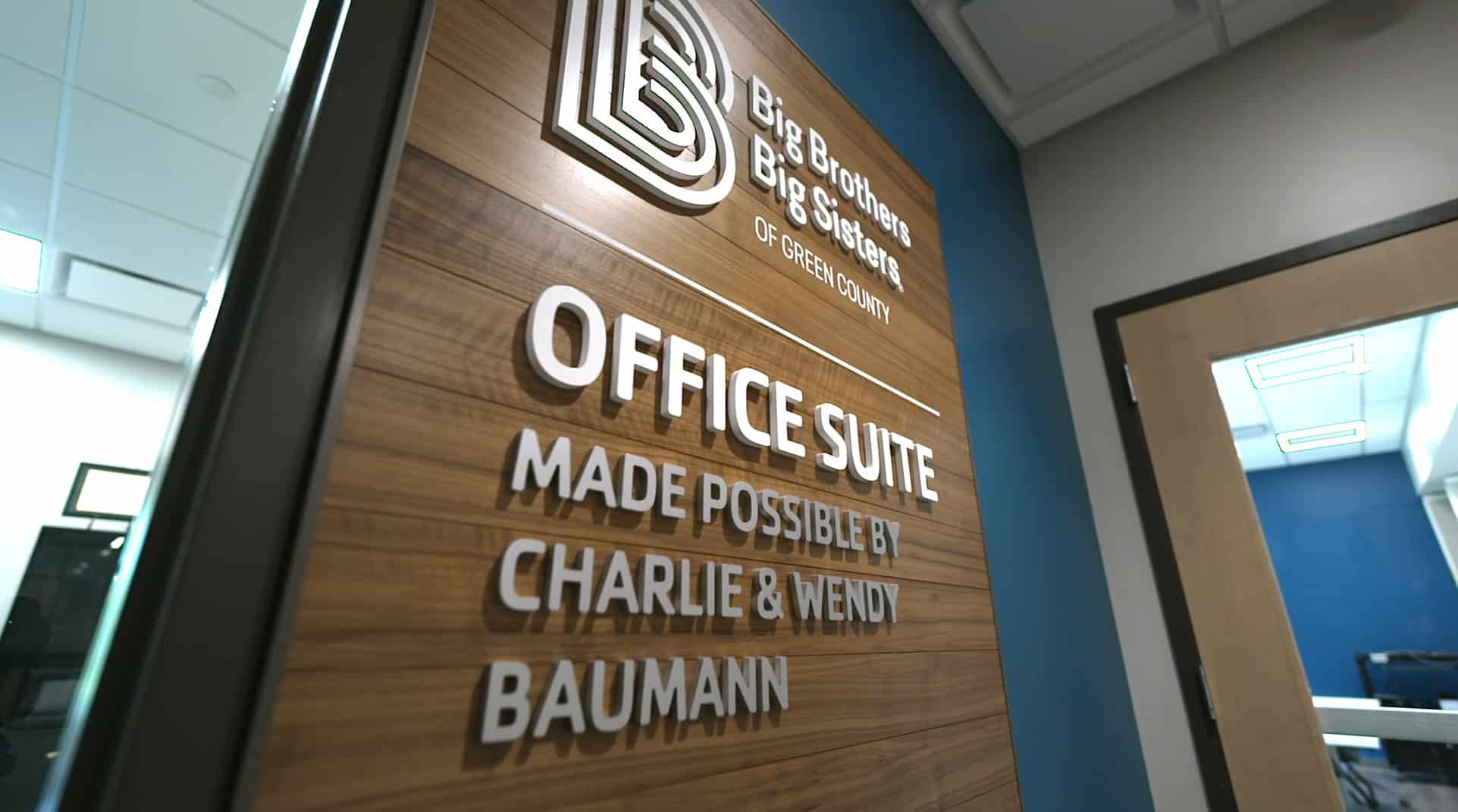
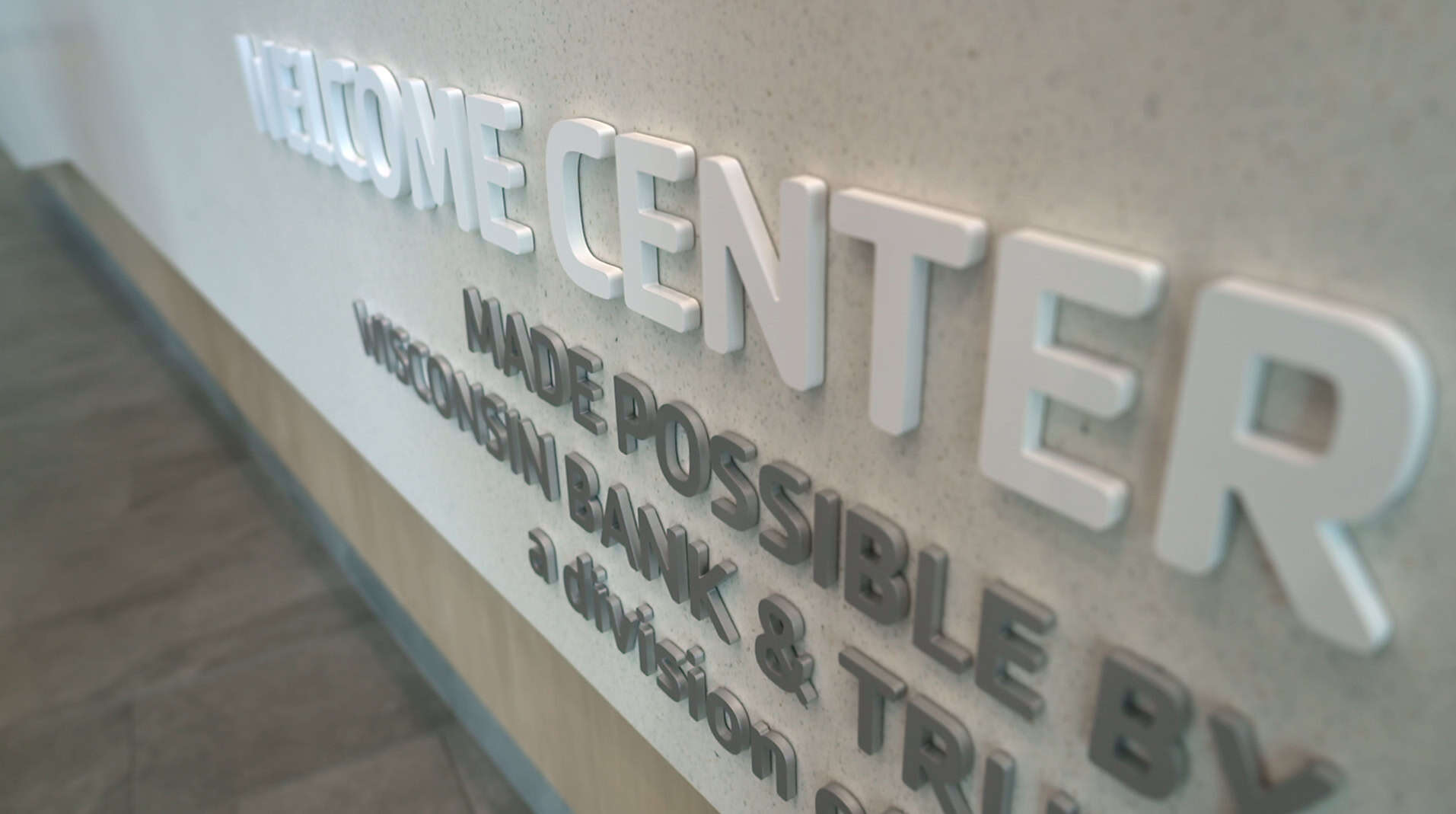

The Y needed to honor national brand standards while elevating the interior to feel “spa‑like” and modern. Working within Zimmerman’s architectural palette, Thysse translated that brief into a cohesive, “quiet‑confident” aesthetic system:
“From the start, this project was about heart,” Kris said. “Our job was to make that heart visible. Our initial concepts leveraged research we’d done on other Y’s and, of course, their style guide. But Trent and Luke had a different vision—a modern recreational facility that felt more elegant and modern. It was a significant departure from the traditional way the Y brand is expressed. The way we executed that vision—the final concepts—required multiple check-ins with the national office to ensure we weren’t pushing it too far. I’m impressed, really. Both with the vision and the fact that our designs were ultimately approved. It speaks to an open mindedness and forward thinking perspective—and that isn’t always the case. As a brand storyteller, I’ve seen it go the other way many times. …Wonderful opportunities to elevate spaces get shelved—thrown out, really. So this was refreshing. Kudos to Trent and Luke—and the broader Y team for being brave. It paid off!”
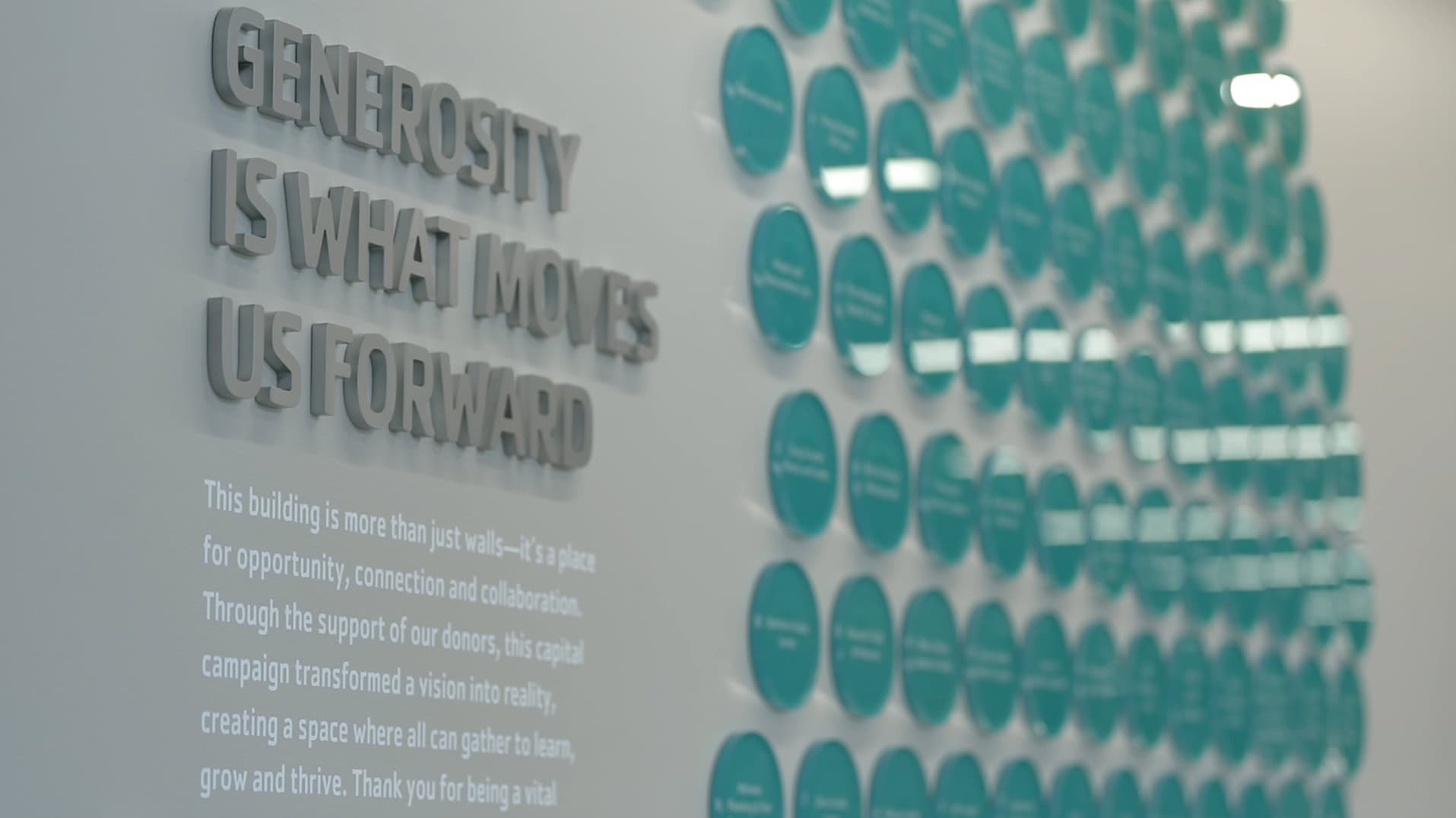

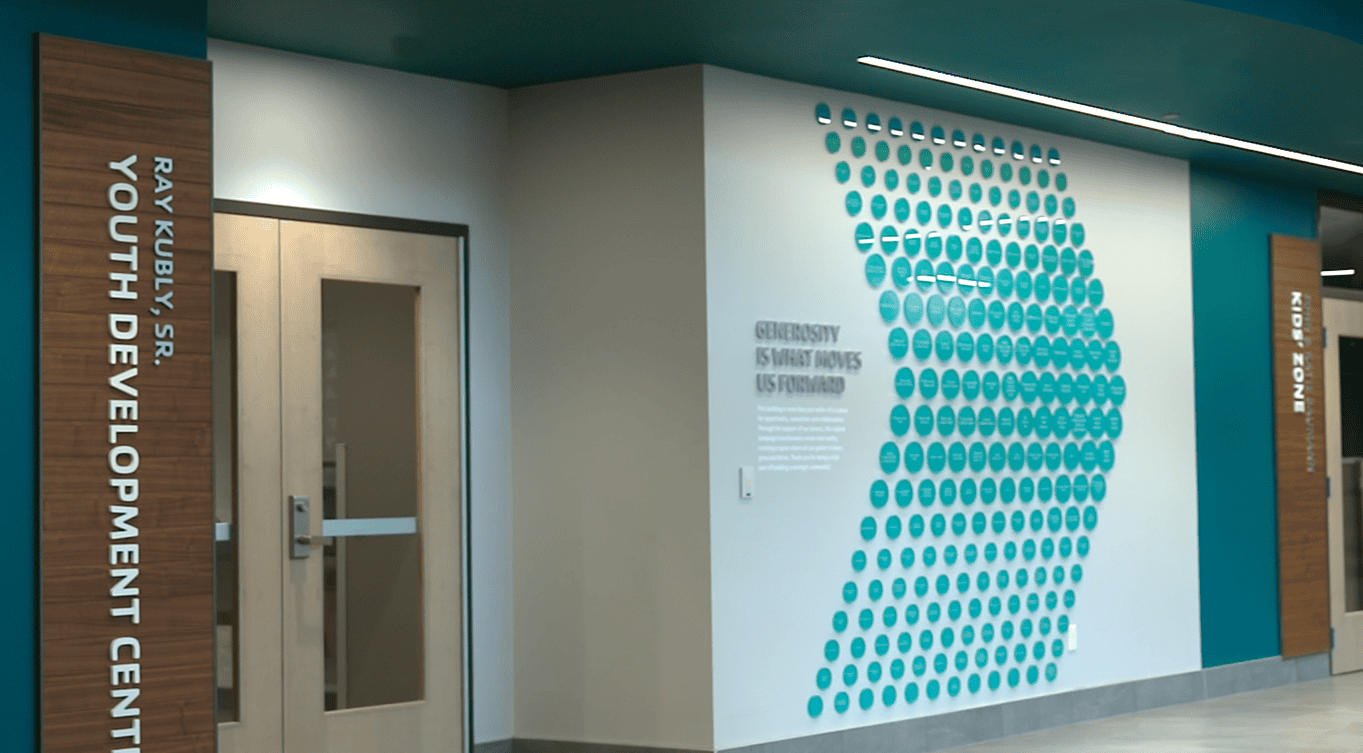
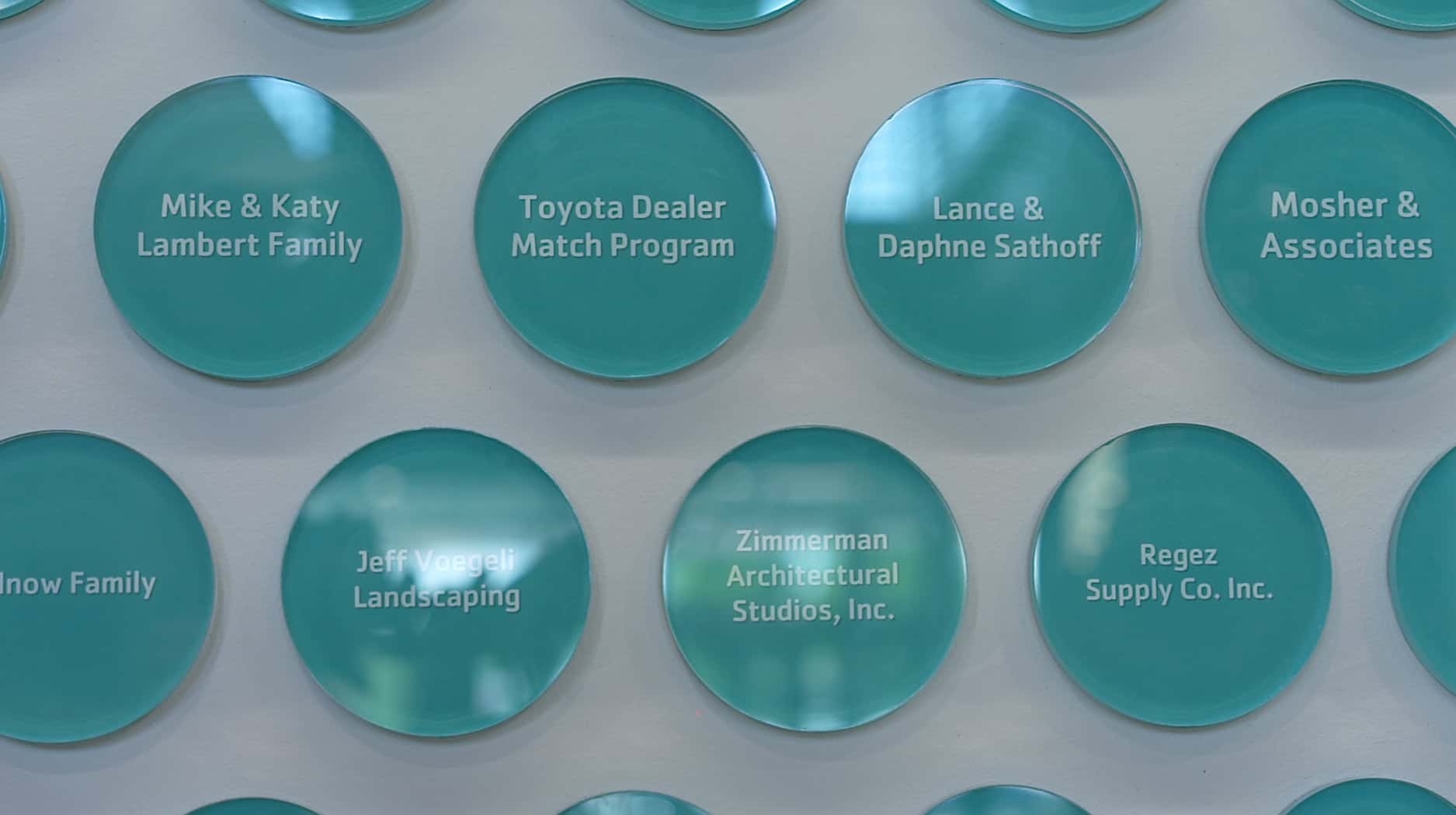
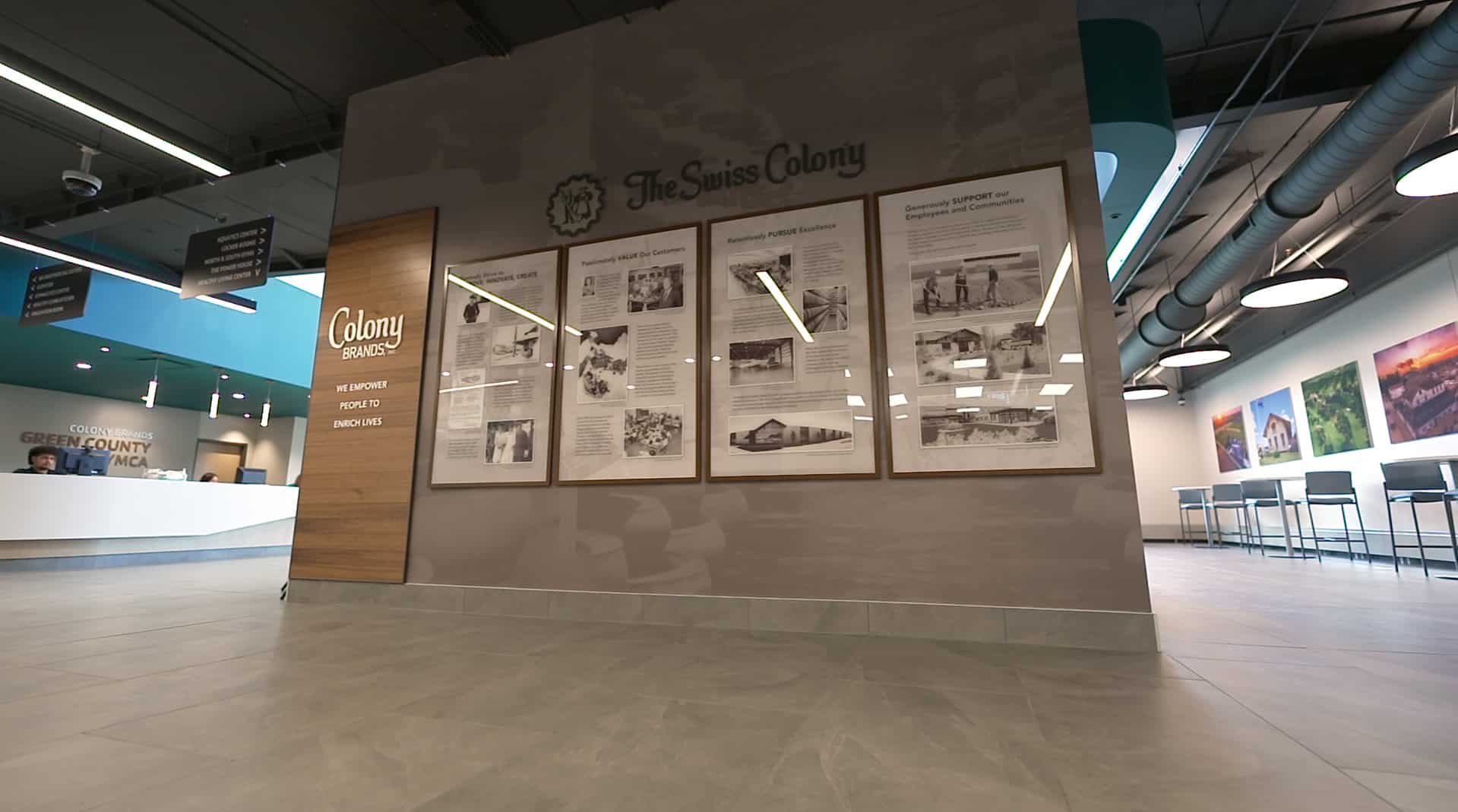
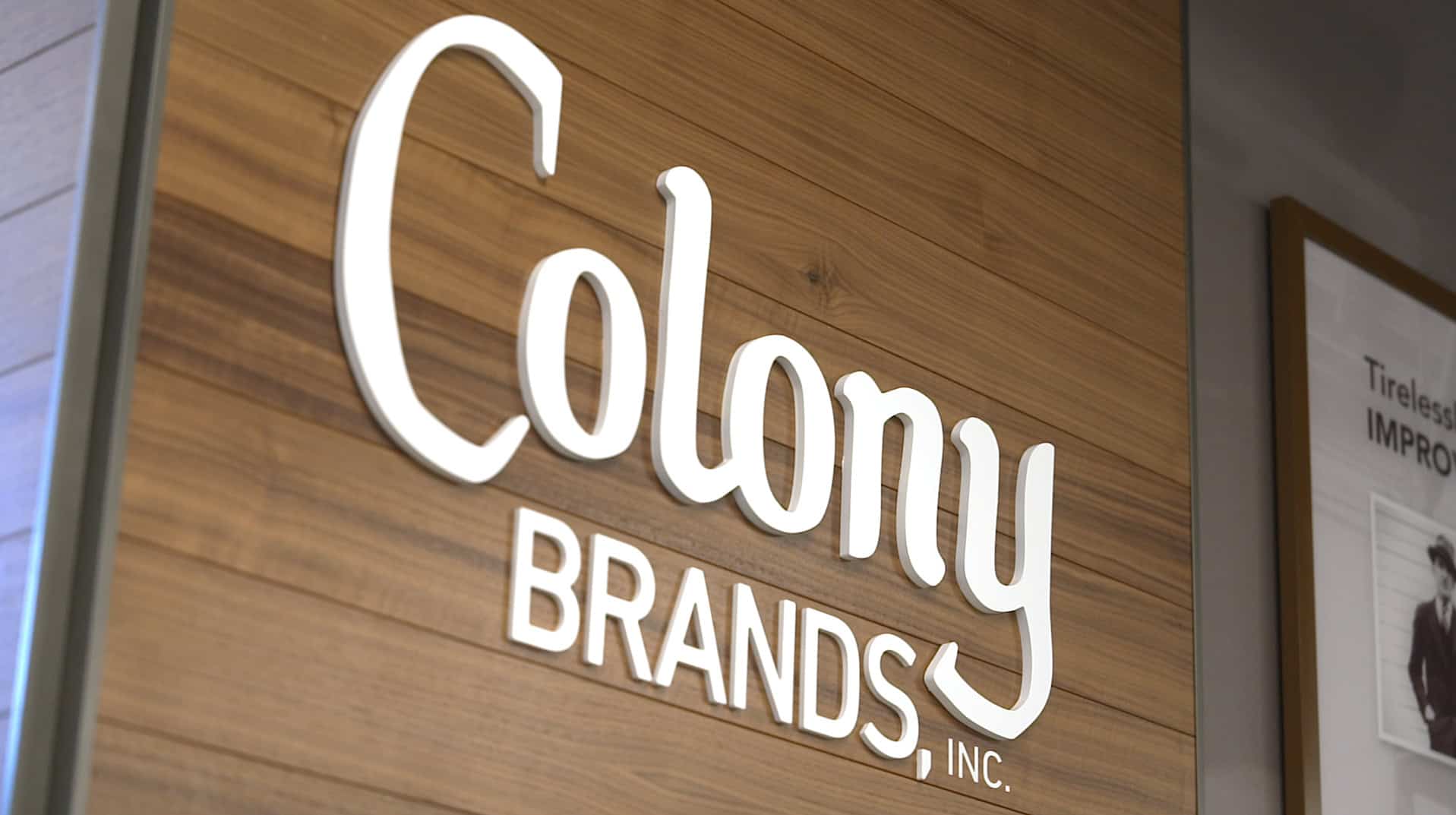
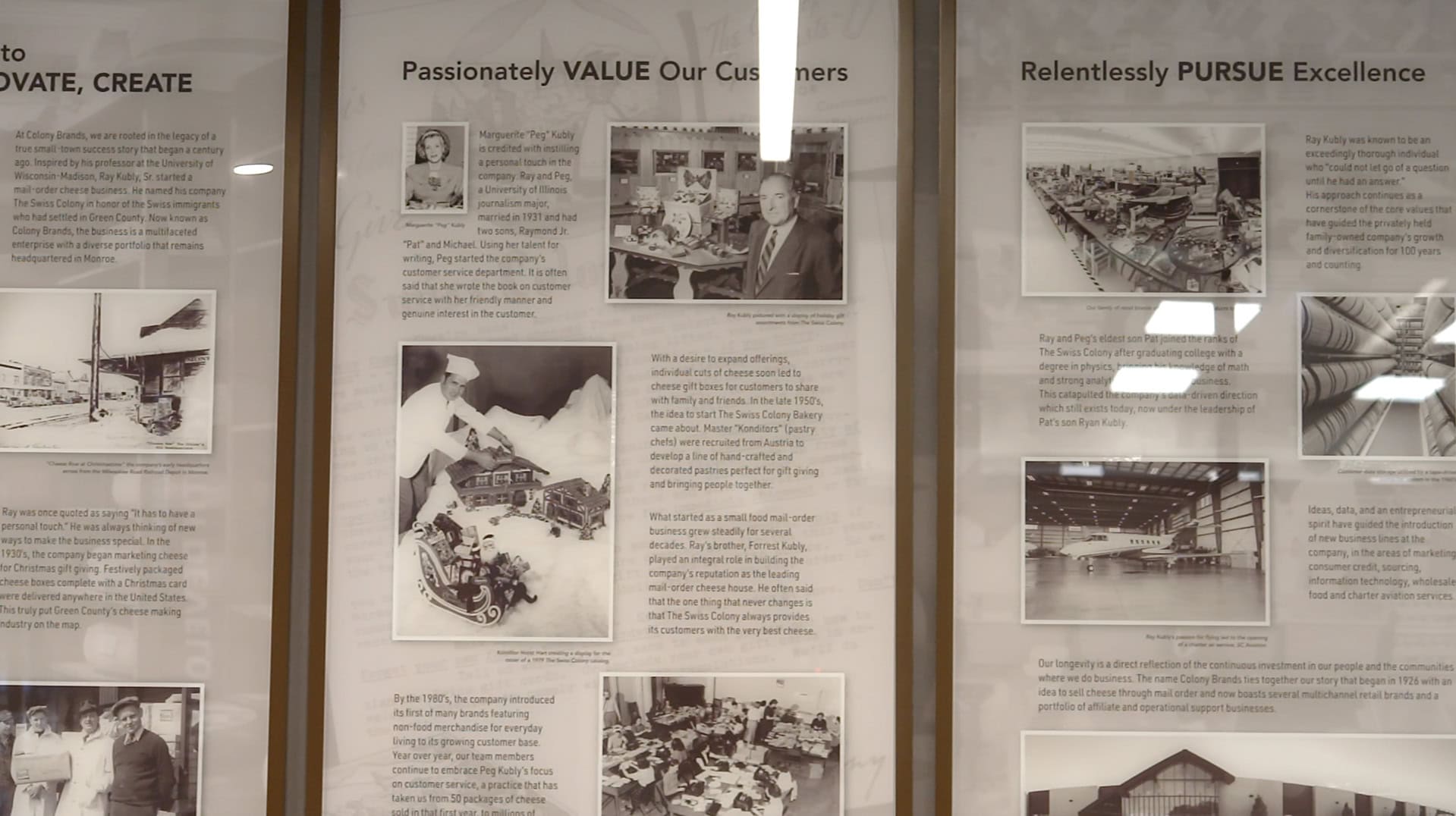
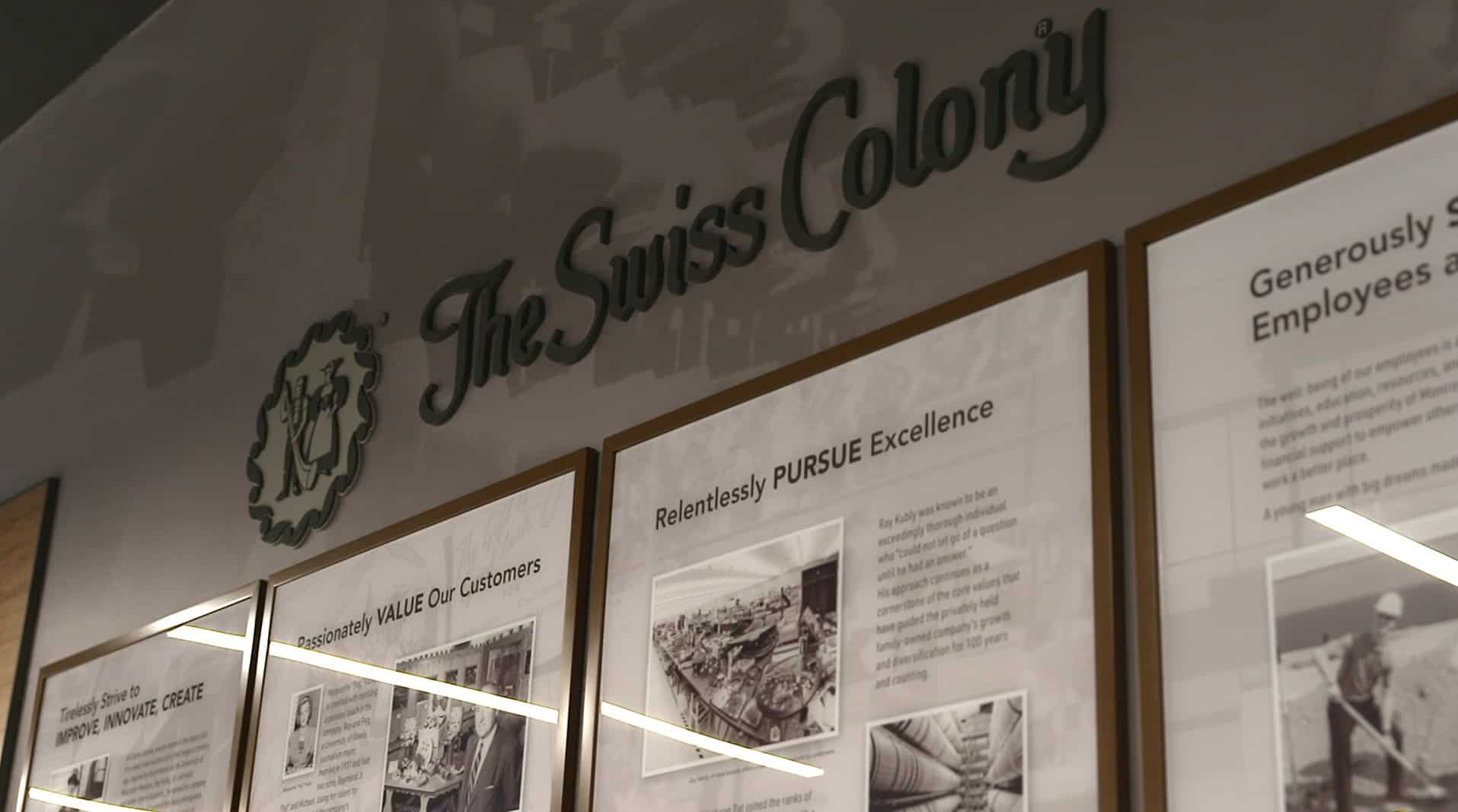
With more than 400 donors supporting the project, the Y prioritized recognition that felt meaningful and unified—sincere, not transactional.
Luke’s perspective: “It’s not just about them. It’s more about their involvement within the community. It’s about them giving back.”
Nonprofits live and die on stewardship. Thysse worked with the Y to focus investment where it would be most felt, then value‑engineer elsewhere without losing impact.

“As a nonprofit, we have to be budget‑conscious. Thysse came down to where we needed to be—and we didn’t have to cut too many corners. Now we have honestly, some of the best signage I’ve ever seen at a YMCA.”
- Trent Henning, Executive Director Colony Brands Green County YMCA
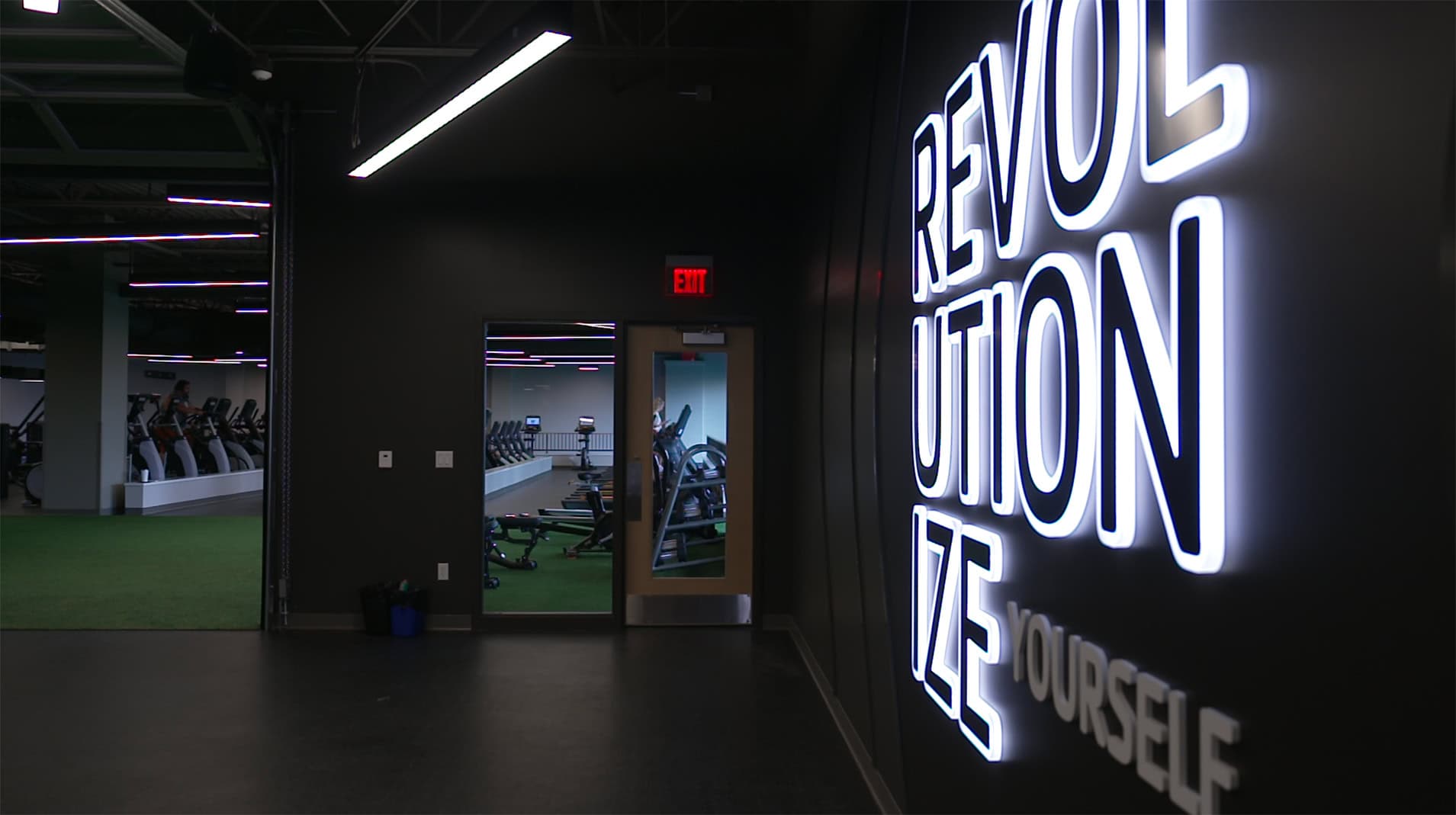
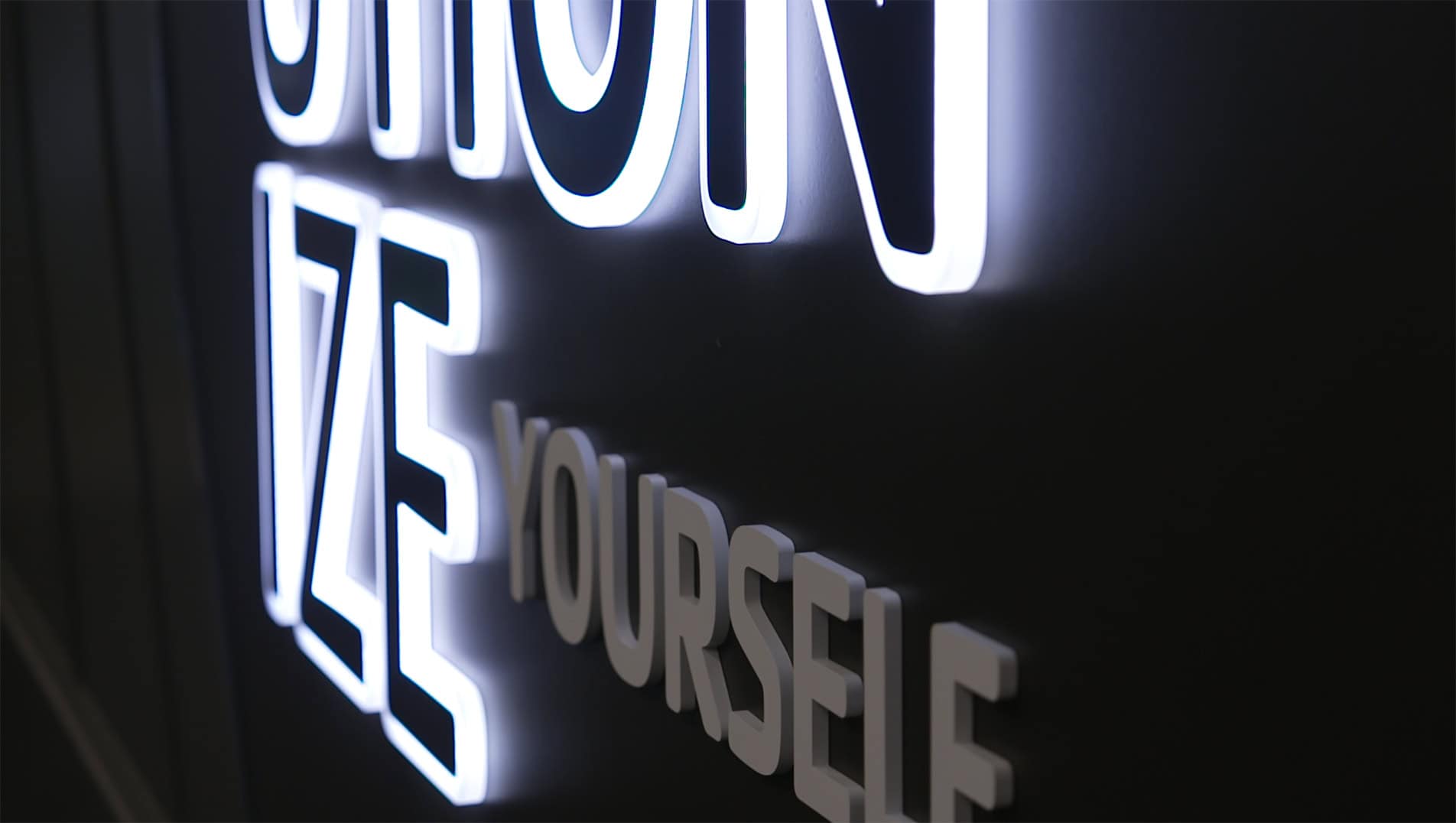
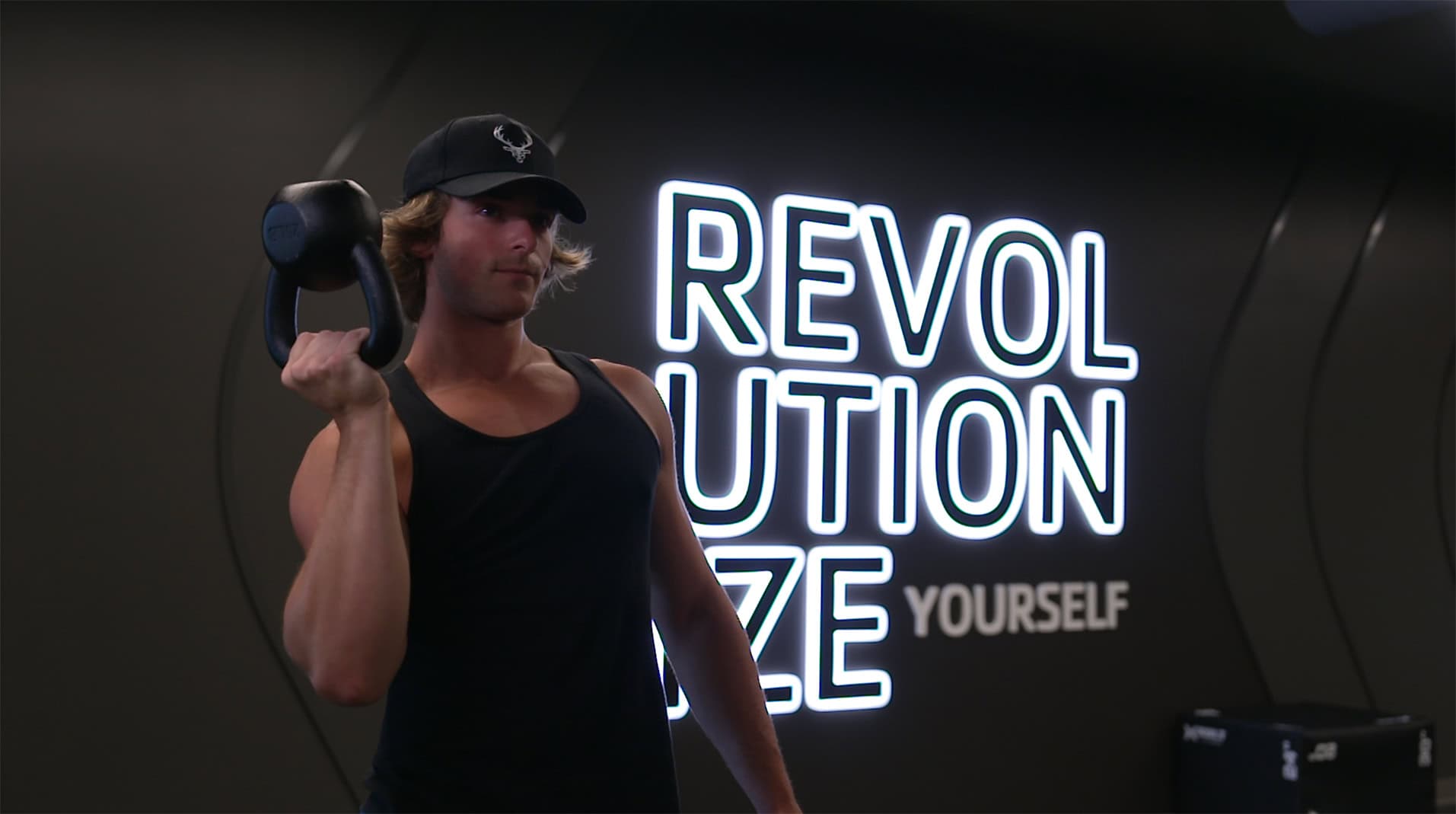
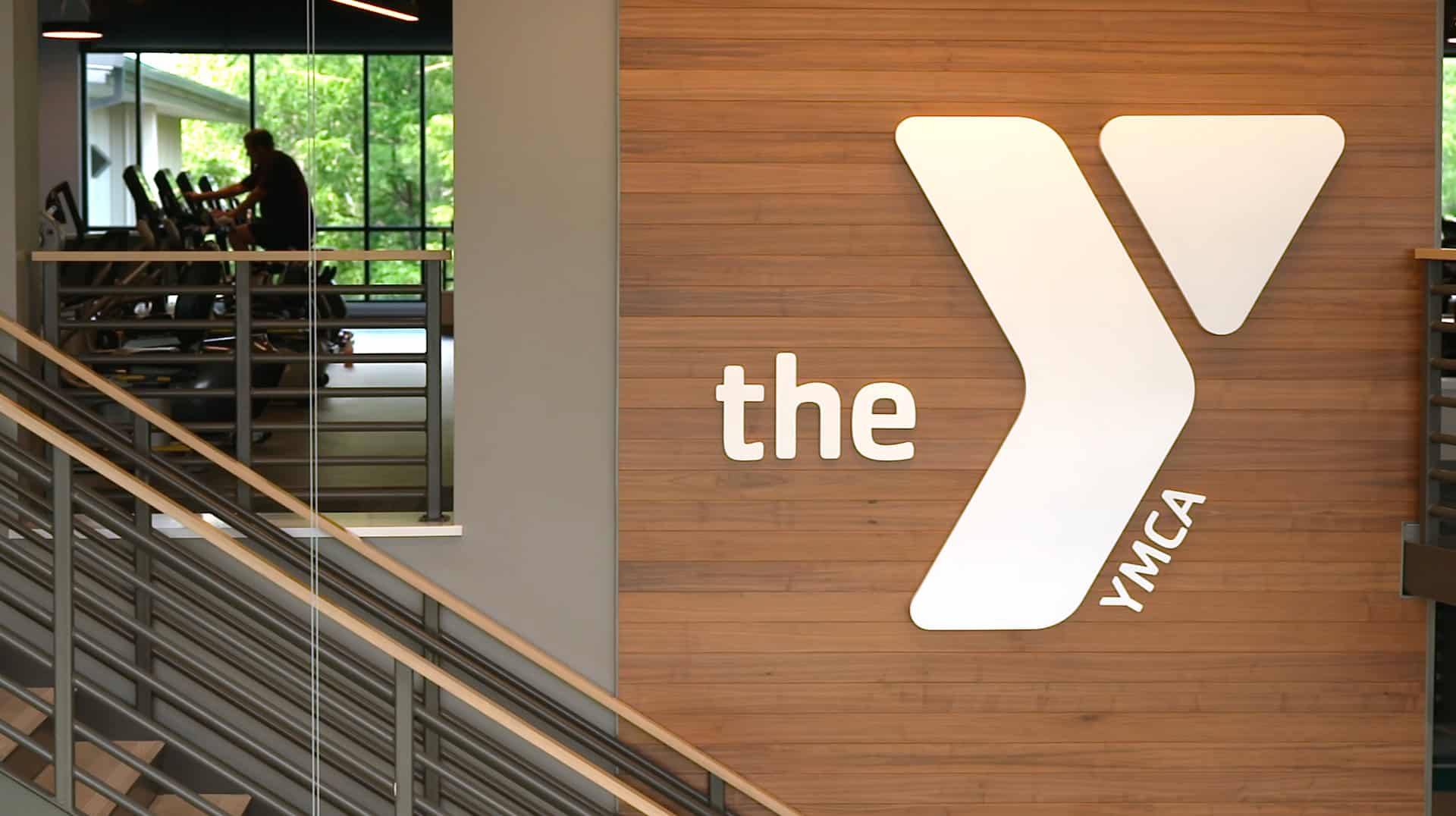
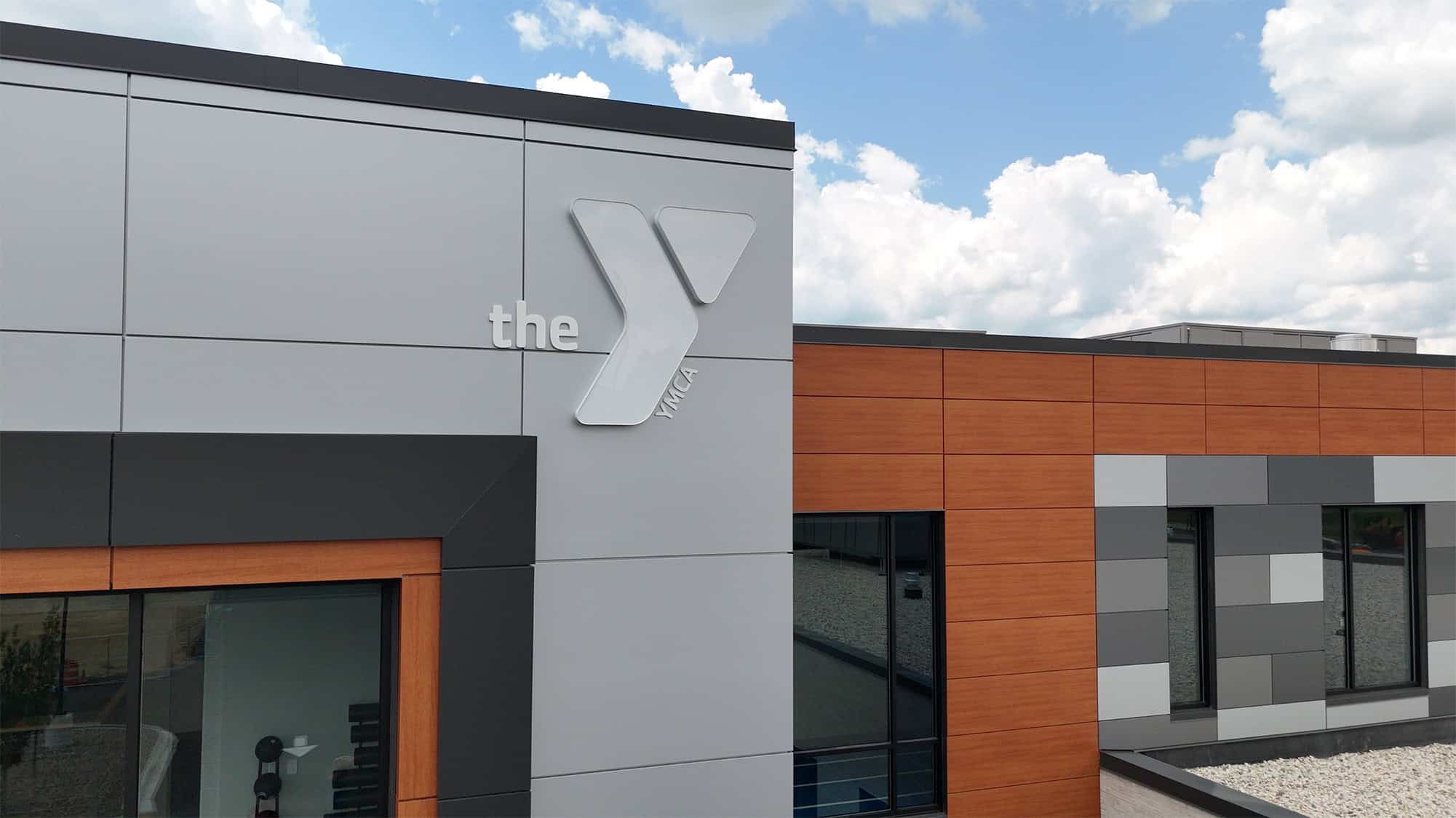
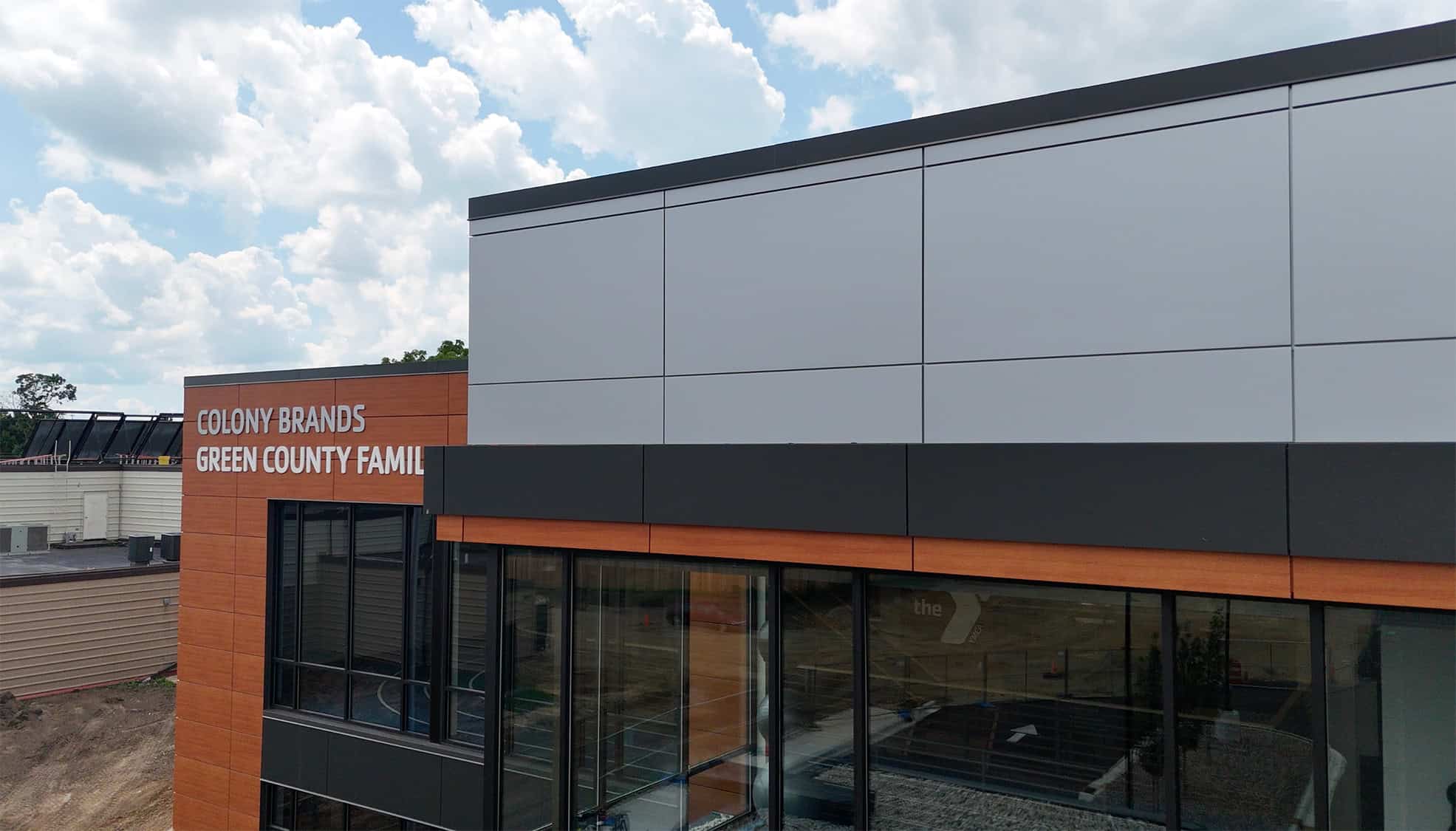
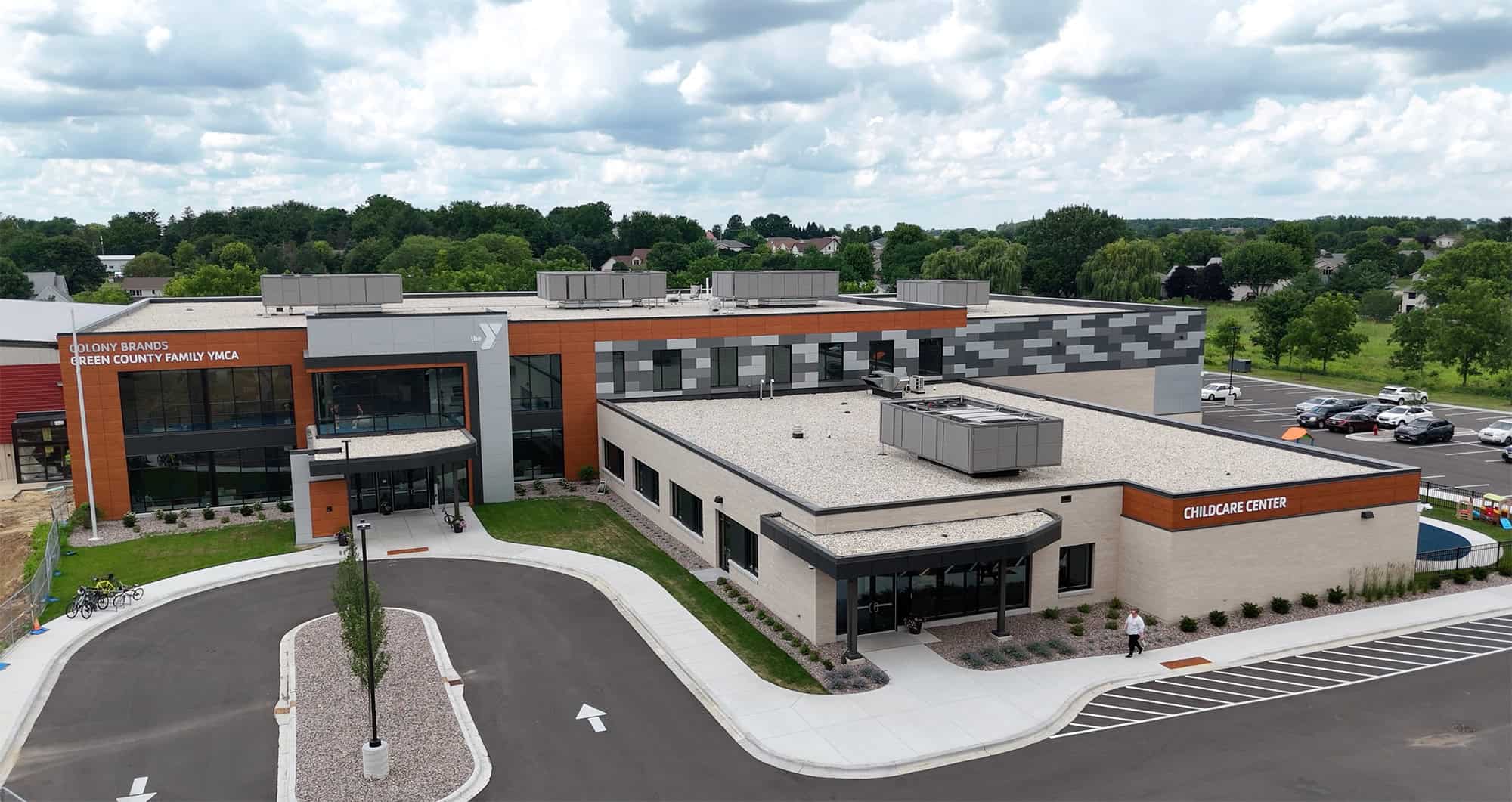
“At the end of the day, so many people gave to this project,” Trent said. “We are so grateful to them and for this opportunity.”
If you’re exploring a project and want a partner who can help you align brand, wayfinding, accessibility, and donor recognition—without losing sight of community or budget—let’s talk.
Start a conversation with Thysse.